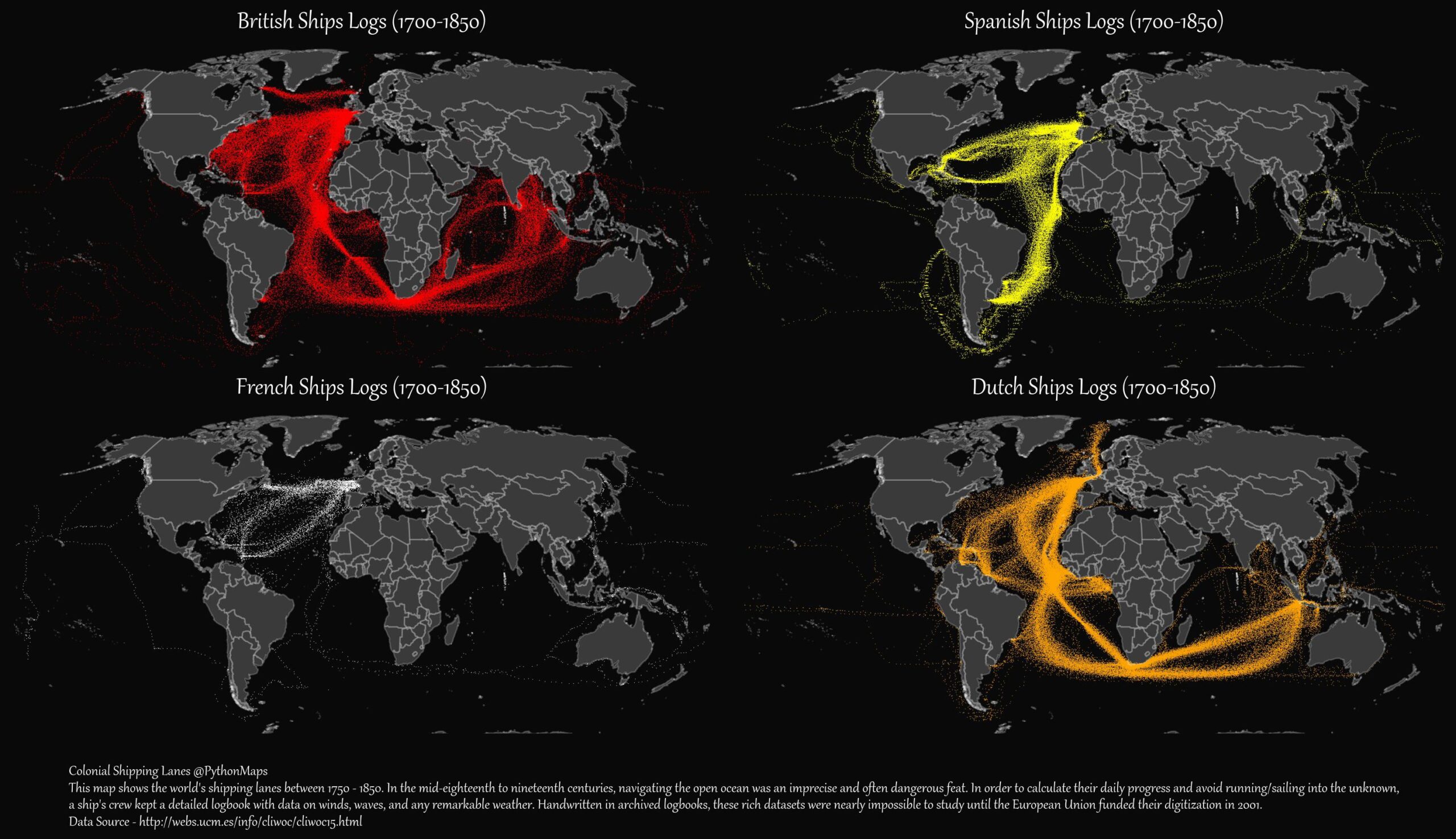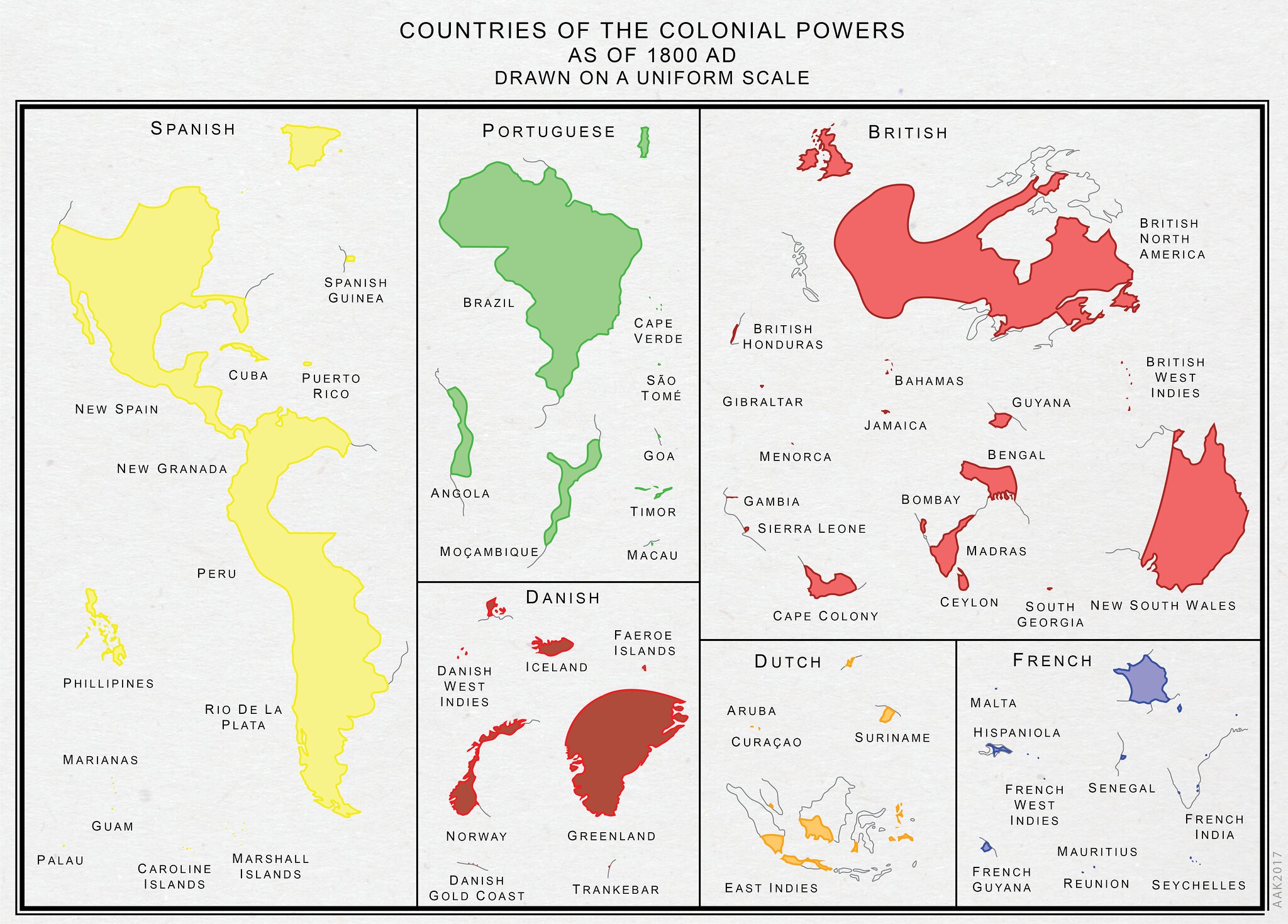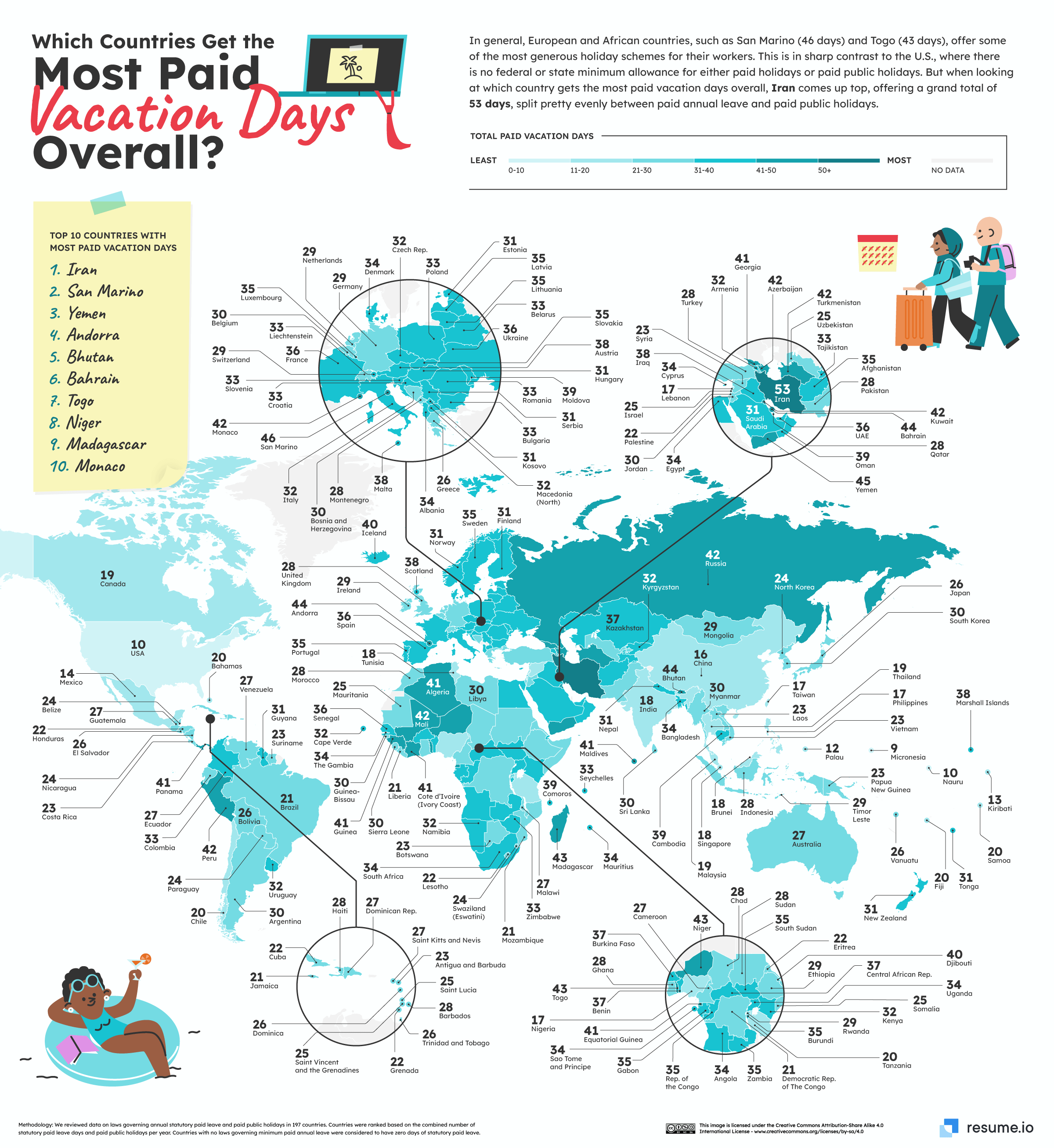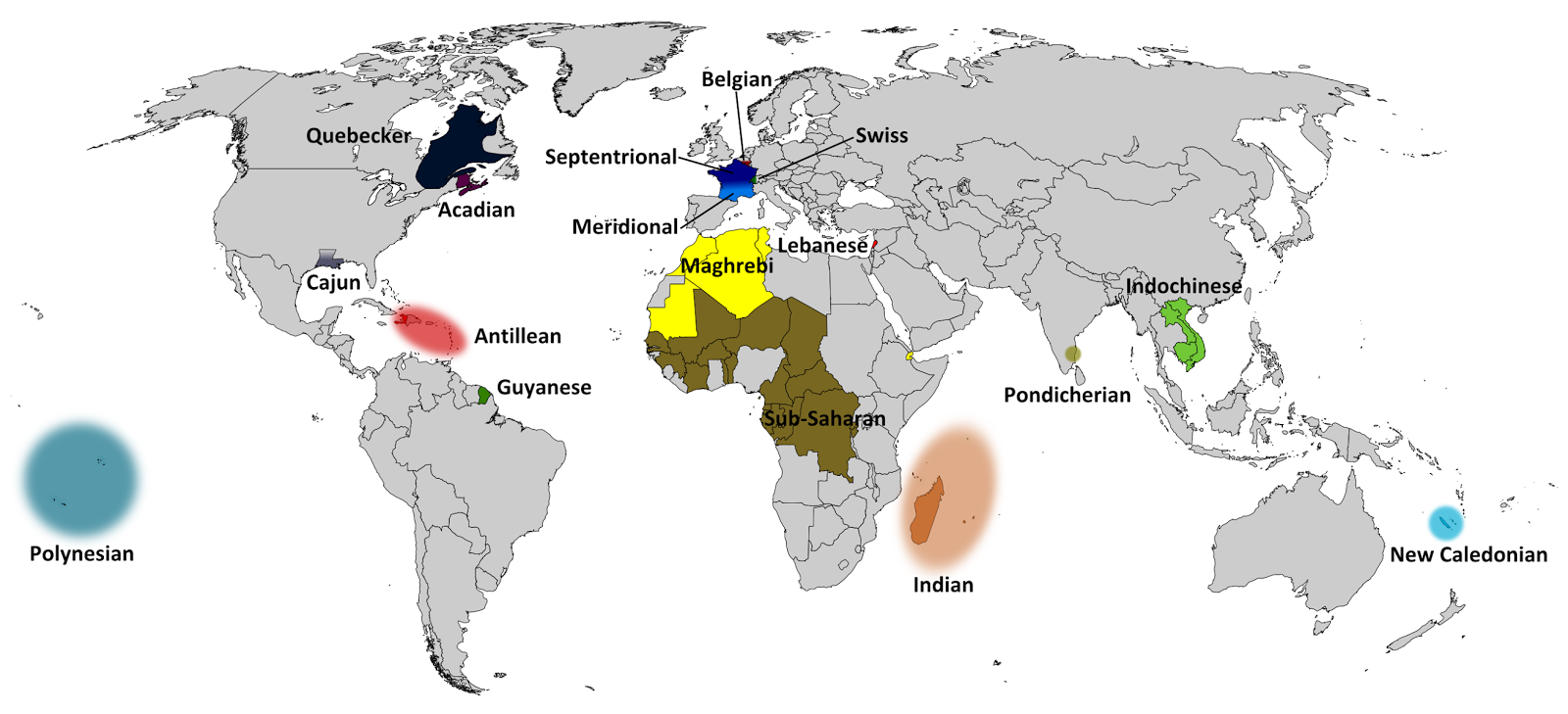European Colonial Shipping Lanes
Each year, numerous ships carry passengers and cargo across the oceans and seas worldwide.
Two centuries ago, the ships that sailed in these waters had a distinct appearance. During the colonial era, explorers and traders sailed from one coast to another in order to expand their empires or to seek personal wealth.
European colonial empires, such as those of the British, French, Spanish, Portuguese, Dutch, and others, sought to expand their influence and economic power by establishing colonies across the Americas, Africa, Asia, and the Pacific. To sustain these colonies and extract valuable resources, they developed complex shipping networks that connected these far-flung regions to the European mainland.
These shipping lanes allowed for the transportation of raw materials like precious metals, timber, spices, textiles, and agricultural products from the colonies to Europe. In return, finished goods, manufactured products, and people, including settlers, administrators, and enslaved laborers, were transported back to the colonies. The routes were also crucial for maintaining communication and control over the colonies and for projecting military power.
These shipping lanes became vital arteries of the global economy, transforming commerce, culture, and politics. They were, however, also tied to the exploitation and suffering of indigenous populations, particularly through the transatlantic slave trade, which was a tragic and inhumane aspect of this system.
In the past, ships used to maintain detailed logbooks to navigate and keep track of the winds, waves, and any notable weather patterns before modern technology made bookkeeping simpler.
The University of Madrid completed an UN-funded project to fully digitize handwritten logbooks, which are now stored in the CLIWOC database. In the world map depicted below, Adam Symington utilizes this dataset to depict the maritime routes of the British, French, Spanish, and Dutch from 1700 to 1850.
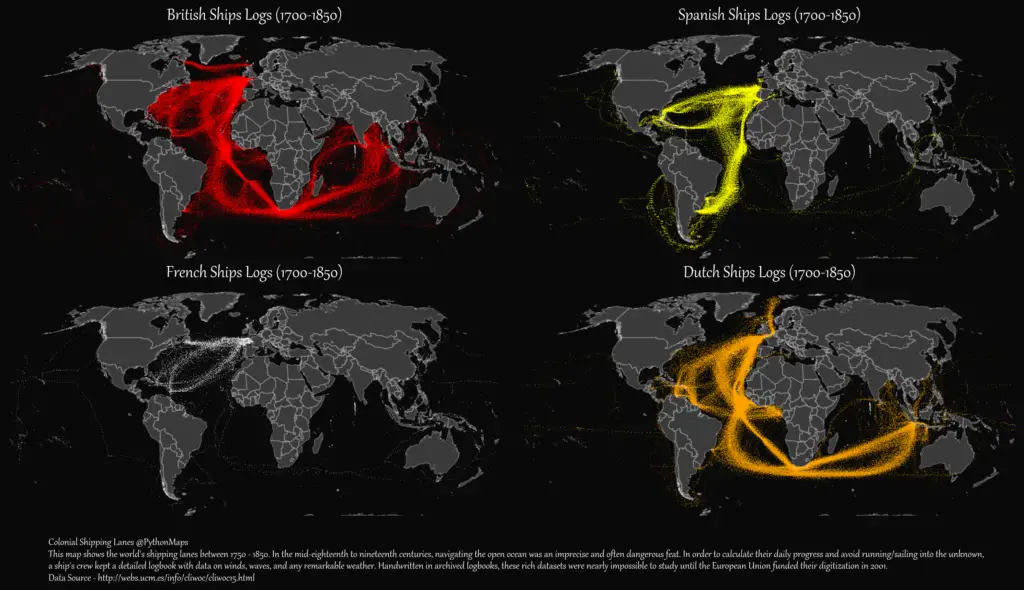
During the 18th and 19th centuries, the British, French, Spanish, and Dutch empires exerted their dominance over global trade by utilizing their colonial shipping lanes. These nations frequently navigated the Atlantic Ocean, and their fleets were equally active in the Pacific and Indian Ocean. The table provided illustrates the number of days documented in digitized logbooks for each of these nations.
| Empire | North Atlantic | South Atlantic | Indian Ocean | Pacific Ocean | All Oceans |
|---|---|---|---|---|---|
| Dutch empire | 51,977 | 23,457 | 31,759 | 1,481 | 108,674 |
| British empire | 40,873 | 17,732 | 23,106 | 1,481 | 83,192 |
| Spanish empire | 28,635 | 11,812 | 620 | 1,703 | 42,770 |
| French empire | 3,930 | 186 | 205 | 896 | 5,217 |
| Total | 125,415 | 53,187 | 55,690 | 5,561 | 239,853 |
The British Emprie
The geography of British shipping lanes was diverse and extensive, reflecting the vast reach of the British Empire. These routes included passages across the Atlantic Ocean, connecting the British Isles with colonies in North America and the Caribbean. In the Indian Ocean, they linked Britain to colonies in South Asia and the Pacific, while routes through the Mediterranean and Red Seas facilitated access to colonies in Africa and the Middle East.
The Spanish Empire
Spanish colonial shipping lanes, primarily focused on the Atlantic, connected Spain to its colonies in the Americas. They often followed a more direct route and were heavily concentrated in the Caribbean.
The French Empire
While the French had significant routes in the Atlantic, connecting Europe to North American and Caribbean colonies, they were also active in the Indian and Pacific Ocean, maintaining a presence in Southeast Asia and the South Pacific.
The Dutch Empire
Dutch colonial shipping lanes were distinct for their extensive global reach. While other empires, like the Spanish and French, had more focused transatlantic routes, the Dutch navigated multiple oceans, including the Indian and Pacific. They established a significant presence in Southeast Asia and traded in the East Indies.
To learn more about European colonial empires read:



